Self Defence vs Martial Arts: What Visually-Impaired Girls Need to Know
In today’s world, self defence training has become increasingly important, especially for marginalized and vulnerable communities. This includes visually-impaired girls who may face unique challenges when it comes to defending themselves from potential threats. In this blog post, we will discuss the differences between self defence and martial arts, and why it is important for visually-impaired girls to understand these distinctions. By understanding the different types of training available and what they offer, visually-impaired girls can choose the training that best meets their needs and empowers them to defend themselves in real-world situations.
While martial arts and self defence are often used interchangeably, there are important differences between the two. For visually-impaired girls, understanding these differences can help them choose the right type of training to meet their needs. In this blog, we will explore the difference between self defence and martial arts for visually-impaired girls.
SELF DEFENCE
Self defence is a set of techniques and strategies designed to help individuals protect themselves from harm. Self defence training focuses on practical, real-world situations that could be encountered in everyday life. Techniques may include physical strikes, as well as situational awareness, verbal de-escalation, and escape strategies. The goal of self defence training is to enable individuals to quickly and effectively neutralize threats and escape from danger.
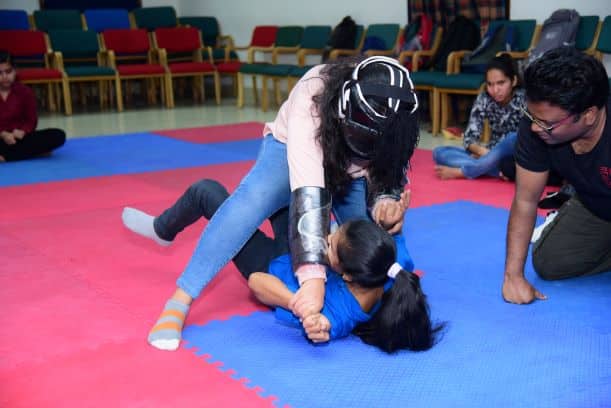
Self-defence and martial arts are often used interchangeably, but they have important differences.
For visually-impaired girls, self defence training can be particularly valuable, as it provides them with practical skills that can be used in real-world situations. Self defence training can also help visually-impaired girls to build confidence, increase independence, and develop a heightened sense of awareness of their surroundings.
A visually-impaired girl is walking home from school when a stranger starts following her. In a self defence program, she would be taught to be aware of her surroundings and recognize the signs of danger. She might also learn techniques like striking vulnerable areas, to disable her attacker and escape to safety. In a martial arts program, she might learn more general and traditional physical techniques, but they may not be as focused on practical self defence in real-world situations.
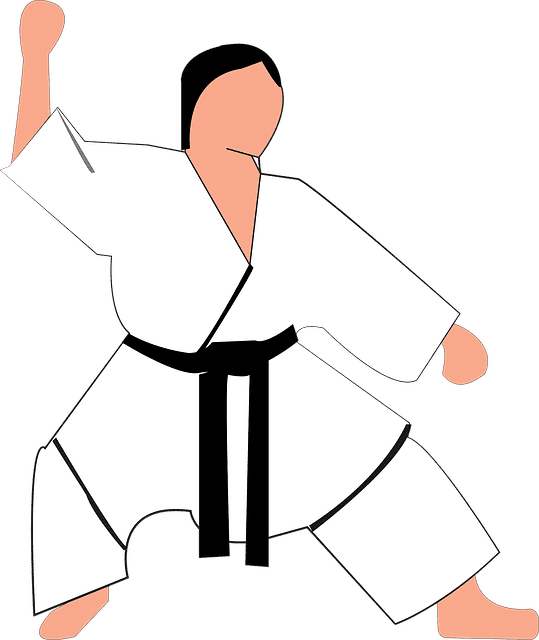
MARTIAL ARTS
Martial arts, on the other hand, are a broader category of physical disciplines that include various forms of combat training, often with a focus on sport and competition. While martial arts may include elements of self defence, they also incorporate a range of other techniques, such as forms, sparring, and traditional weapons training. To gain skill and experience in martial arts, practitioners are expected to dedicate themselves to mastering a particular style or tradition for a lifetime.
Martial arts, on the other hand, include various forms of combat training with a focus on sport and competition, and may include forms, sparring, and traditional weapons training.
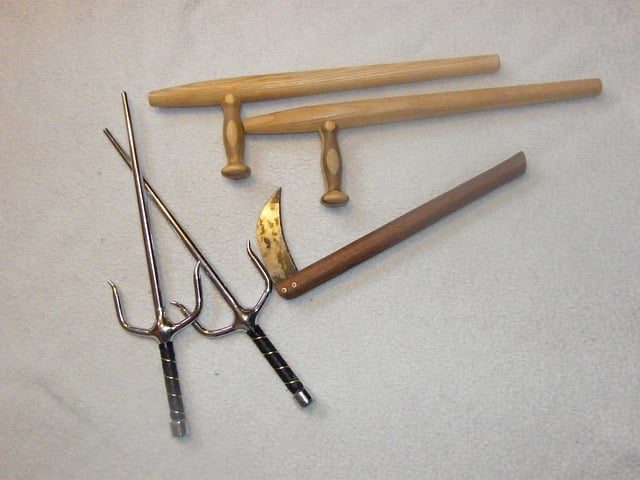
For visually-impaired girls, martial arts training can offer a range of benefits, including improved physical fitness, discipline, and self-confidence. However, martial arts training may not provide the same practical self defence skills as a dedicated self defence training.
A visually impaired girl can improve her physical fitness and learn a new sport by enrolling in a martial arts school and learning the discipline and techniques of a specific martial art, such as Taekwondo, Judo, or Karate. To become skilled and experienced in martial arts, however, practitioners must commit to mastering a specific style or tradition for a lifetime. It is important to note that the training may not be primarily focused on practical self defence. If, on the other hand, the girl enrols in a self defence training course, she will learn techniques designed specifically to neutralise threats and protect herself from harm.
CHOOSING THE RIGHT TRAINING
When choosing between self defence and martial arts training, it is important to consider the specific needs and goals of visually-impaired girls. If the primary goal is to learn practical self defence techniques that can be used in real-world situations, a dedicated self defence training may be the best option. If the goal is to build overall physical fitness and self-confidence, martial arts training may be a good fit.
Ultimately, the best training program will depend on individual needs and preferences. Visually-impaired girls and their parents should research different training programs, speak with instructors, and take trial classes to determine which program is the best fit for them. Regardless of the type of training chosen, learning self defence or martial arts can be a valuable and empowering experience for visually-impaired girls.
A visually-impaired girl is interested in learning how to defend herself, but is not particularly interested in martial arts or combat sports. In a self defence program, she could learn techniques like de-escalation, assertiveness, and escape strategies that don’t necessarily involve physical fight. These skills could help her feel more confident and safe in her daily life, even if she never needs to use them in a physical altercation.
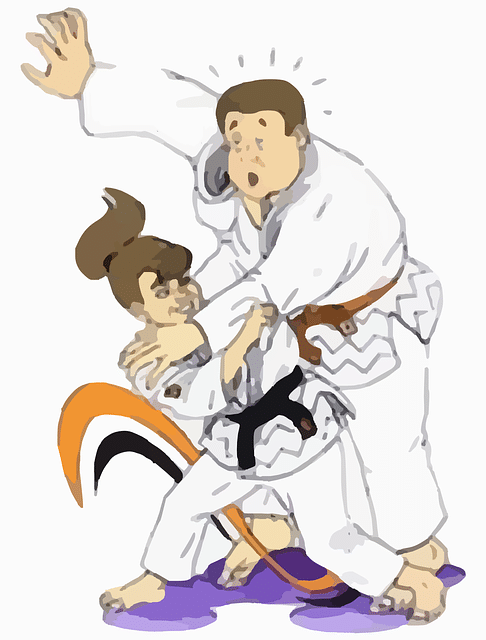
In today’s world, it’s essential for everyone to be able to defend themselves from danger. For visually-impaired girls, this can be particularly challenging, but proper training can equip them with the skills and confidence necessary to stay safe.
This blog post delves into the difference between self-defence and martial arts for visually-impaired girls, emphasizing the significance of selecting the appropriate training to meet their specific needs and objectives. While self-defence training concentrates on practical real-life situations and techniques, martial arts training offers a wider variety of disciplines and advantages.
Regardless of the training type, taking action and investing in one’s safety and well-being is the most crucial aspect. Learning self-defence or martial arts can be a powerful and enriching experience for visually-impaired girls, enabling them to approach the world with courage and strength while equipping them with the necessary abilities and self-confidence.
So, take the first step today and explore your training options. And if you found this post helpful, please share it on social media or leave a comment below to let us know your thoughts and feedback. Together, we can empower visually-impaired girls to stay safe and confident in any situation.
Author Bio:
Arvind Khaire is an accomplished self defence expert with more than two decades of experience. Throughout his career, he has trained people of all ages and abilities, including thousands of visually-impaired girls, in realistic self defence techniques. Arvind firmly believes that self defence training can be transformational for individuals with disabilities, equipping them with practical skills, heightened confidence, and greater independence. He is deeply committed to educating people on the distinctions between self defence and martial arts, and assisting them in selecting the most suitable training program to achieve their specific objectives.

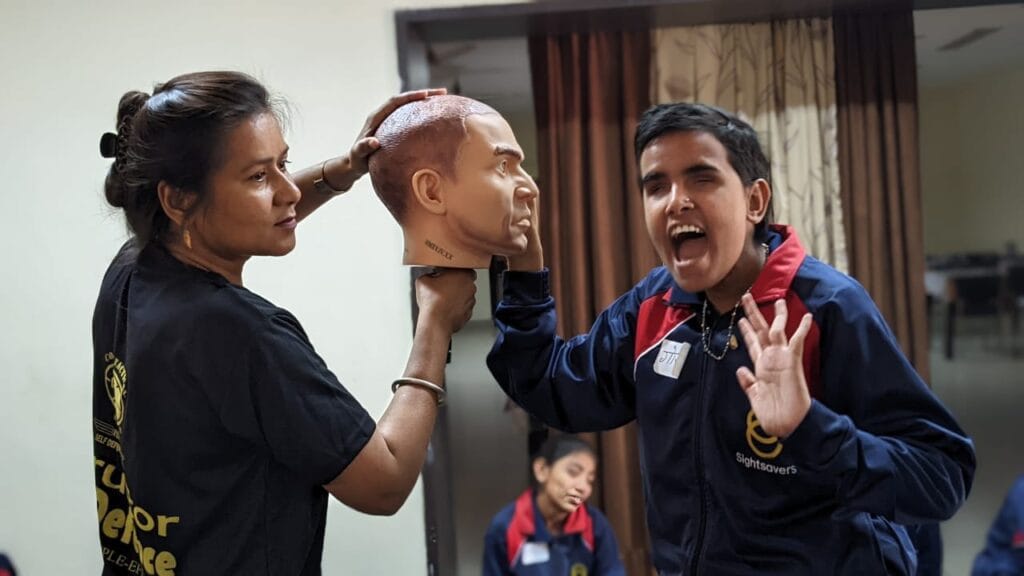
Self Defence training in today’s environment is very much a necessary art to learn because you never know we may come across unexpected situation.
Specially CTS also plays important role for visually impaired girls to make them understand and learn self defence
Thanks!